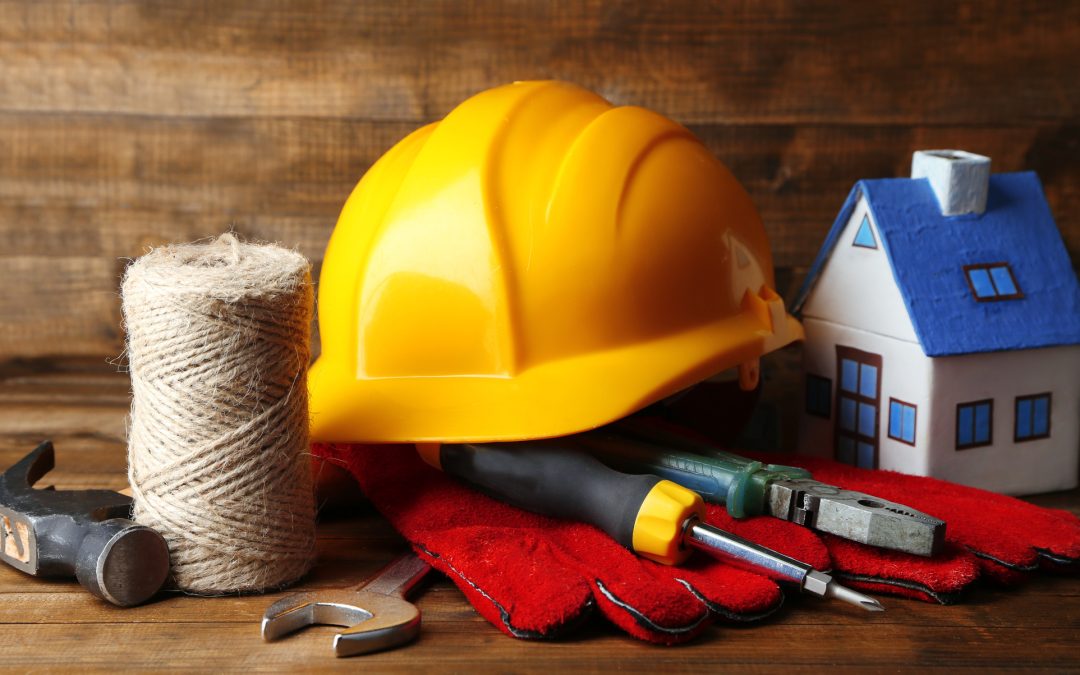Professionals Assess Water Damage Properties
Water damage is a pervasive issue that can wreak havoc on homes, causing structural deterioration, mold growth, and costly repairs. Whether stemming from leaks, floods, or plumbing issues, effectively assessing and mitigating water damage requires a thorough understanding of its sources and the unique characteristics of different areas within a home. In this extensive guide, we delve into the strategies and techniques professionals employ to assess and mitigate water damage in various areas of your home. From the basement to the attic, we explore the key considerations and best practices for safeguarding your home against the devastating effects of water intrusion.
Assessing and Mitigating Water Damage in Different Areas
Basement
-
- Common Causes: Basement water damage often results from foundation cracks, poor drainage, or groundwater seepage.
- Assessment Techniques: Professionals utilize a combination of moisture meters, thermal imaging, and visual inspections to identify water intrusion points and assess the extent of damage.
- Mitigation Strategies: Basement waterproofing, sump pump installation, and foundation repairs are common strategies employed to mitigate water damage and prevent future issues.
Kitchen
-
- Common Causes: Water damage in the kitchen can stem from leaking faucets, burst pipes, or appliance malfunctions.
- Assessment Techniques: Professionals conduct thorough inspections of plumbing fixtures, appliances, and cabinetry to identify signs of leaks or water intrusion.
- Mitigation Strategies: Repairing or replacing damaged plumbing components, sealing gaps around sinks and appliances, and installing leak detection devices can effectively mitigate kitchen water damage.
Bathroom
-
- Common Causes: Bathroom water damage often occurs due to leaking pipes, faulty seals, or inadequate ventilation.
- Assessment Techniques: Professionals examine plumbing connections, shower enclosures, and flooring for signs of water damage or mold growth.
- Mitigation Strategies: Repairing leaks, recaulking shower enclosures, and improving ventilation with exhaust fans are essential steps for mitigating bathroom water damage.
Living Room
-
- Common Causes: Water damage in the living room may result from roof leaks, window seal failures, or plumbing leaks.
- Assessment Techniques: Professionals inspect ceilings, walls, and flooring for water stains, peeling paint, or warping.
- Mitigation Strategies: Roof repairs, window seal replacement, and addressing plumbing issues are essential steps to mitigate water damage and prevent further deterioration.
Attic
-
- Common Causes: Attic water damage can occur due to roof leaks, condensation, or inadequate insulation.
- Assessment Techniques: Professionals examine the attic for signs of roof leaks, mold growth, and insulation damage.
- Mitigation Strategies: Repairing roof leaks, improving attic ventilation, and adding insulation are key strategies for mitigating attic water damage and preventing mold growth.
Water damage poses significant risks to the structural integrity and safety of homes, but with proactive measures and timely interventions, homeowners can mitigate its impact. By understanding the unique challenges and vulnerabilities of different areas within a home, professionals can effectively assess and address water damage to safeguard properties. From the basement to the attic, implementing strategies such as waterproofing, leak repairs, and improved ventilation can help protect homes against the devastating effects of water intrusion. With careful attention to detail and regular maintenance, homeowners can ensure the long-term health, safety, and integrity of their living spaces.

